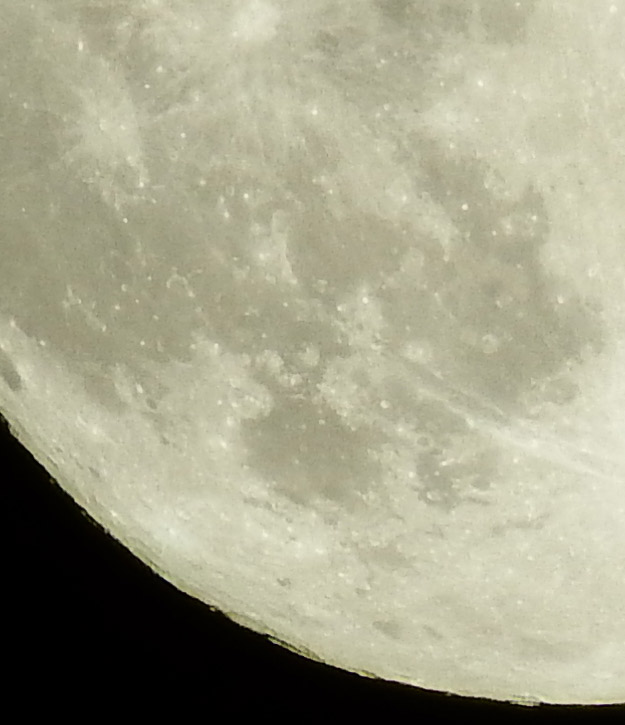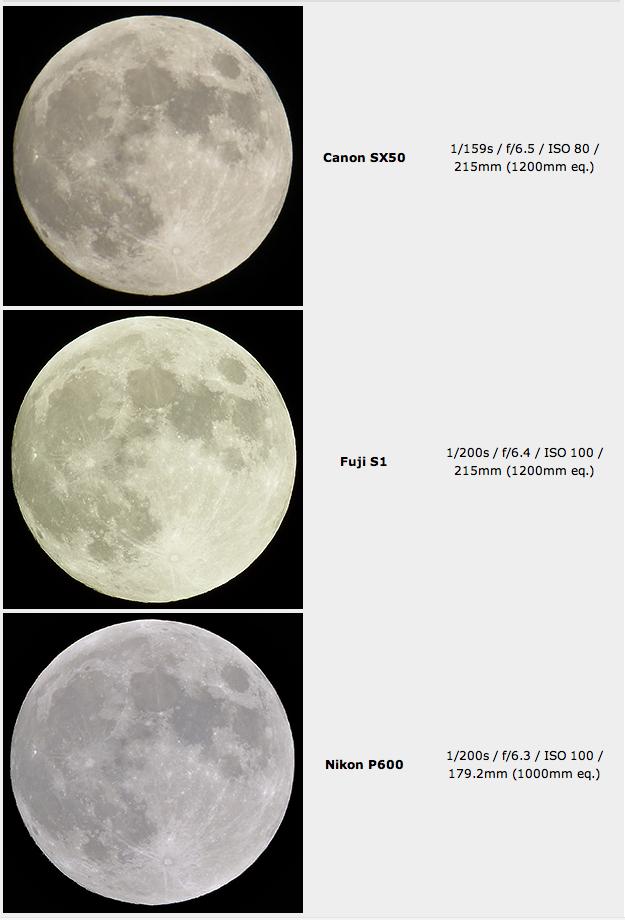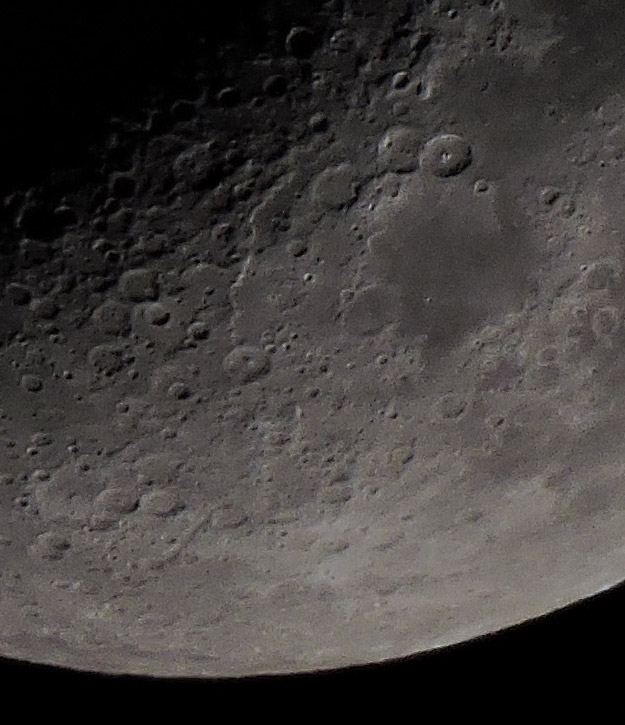Caffeine Priority: A full moon deserves a Superzoom! (We’ll help you get the best shot)
posted Tuesday, October 27, 2015 at 5:34 AM EST

Wake up with IR - Here's today's dose of Caffeine Priority!
There's a full moon tonight, folks, and October is the most enjoyable month for such a thing with the awesome fall weather (or Spring for all of you down under!). It's a great night to grab your superzoom camera and a tripod and go shoot the moon!
For those of you who've yet to read our Best Superzoom 2014 round-up from last October, there's a lot of great information about photographing the moon with a superzoom camera to be found on this page. For anyone who just wants the quick version though, please read on!
With the right camera and a good tripod, all you need is a clear sky and a moon in sight to start capturing images. Knowing a thing or two about the best shooting settings will help, so we'll provide you with a quick-start guide below that will get you in the ballpark for high quality lunar image capture (and a cheat-sheet for you to reference at the end!).
Lunar capture primer for superzoom cameras

1/200s / f/6.4 / ISO 100 / 215mm (1200mm eq.)
Given the small sensor size of superzooms, it's generally best to keep the apertures wider than you might use with a larger-sensored camera and large-diameter telescope to catch the moon (f/11 or even smaller), to avoid diffraction limiting - so we kept them to their maximum apertures and also forced them to use their base ISO settings. From there it was all a matter of which shutter speed to use, as we shot in manual mode for these in order to most easily bracket exposures while maintaining the same ISO and aperture. For each camera in our shootout, we grabbed 4-5 shots from roughly 1/125s to 1/500s and then chose the best, although it's generally best to remain at 1/160s and faster because the moon is moving across the sky faster than you might think!. As you can see from the settings, the SX50 image was best at 1/159s while the S1 and P600 were best at 1/200s. By using bracketing in this way you'll ensure the best chance of getting a usable image from your shoot. And while you may be able to get away with a decent handheld shot given the fairly fast shutter speeds here, it's still highly preferable to use a tripod and a self-timer for these long focal length shots.
Common superzoom settings

A lot of people expect that the moon will require long exposures - after all, it's night, right? The thing to remember is that, while it's night here, that's direct sunlight that the moon is reflecting back at us. So the correct exposure is going to be much closer to what you'd use in daytime here on Earth. Also, because the moon is such a small bright object, against such a dark expanse, many camera exposure systems will try to expose for the average brightness, and way overexpose the moon, losing all detail. Some cameras will be smart enough on their own to figure out that they should expose just for the bright object itself, but for others, you'll need to either shoot in full-manual mode if they have one, or fake them out by dialing in a lot of negative exposure compensation. As noted above, it's also suggested to remain at 1/160s and faster for your shutter speed given the relative speed the moon travels through the night sky.

1/200 / f/6.5 / ISO 100 / 258mm (1440mm eq.)
Cheat sheet to carry with you:
- Grab a superzoom camera and find a suitable location
- Mount it to a good tripod and use a 2-second self-timer
- Put the camera in manual mode and zoom in as far as you like
- Choose the widest aperture (smallest number) to avoid diffraction limiting
- Set it to base ISO (usually ISO 100) to avoid noise from the small sensor
- Start with a shutter speed of 1/160s (and try 1/200s and 1/250s as well)
- Auto white balance can often be fine, but don't be afraid to try other settings
- Experiment with manual focus and autofocus until you find the best setting for your rig
-
If possible, shoot towards the horizon and have something in the foreground for visual interest (needs to be when the moon has just risen or is close to setting)
So, if you've got a superzoom or a camera with a long lens, give it a try; you might be surprised by how much detail you can capture!
• • •
Caffeine Priority is a new series of short photo-tidbits to ease you into your day, and give us a chance to share a bit more of what life’s like here at IR. We're more like a group of friends testing and talking about cameras and lenses than the buttoned-down, big-corporation world that some of our photo-friends at other companies work in; hopefully these little snippets will share some of that. So... grab another coffee and join in the conversation with us down below!


